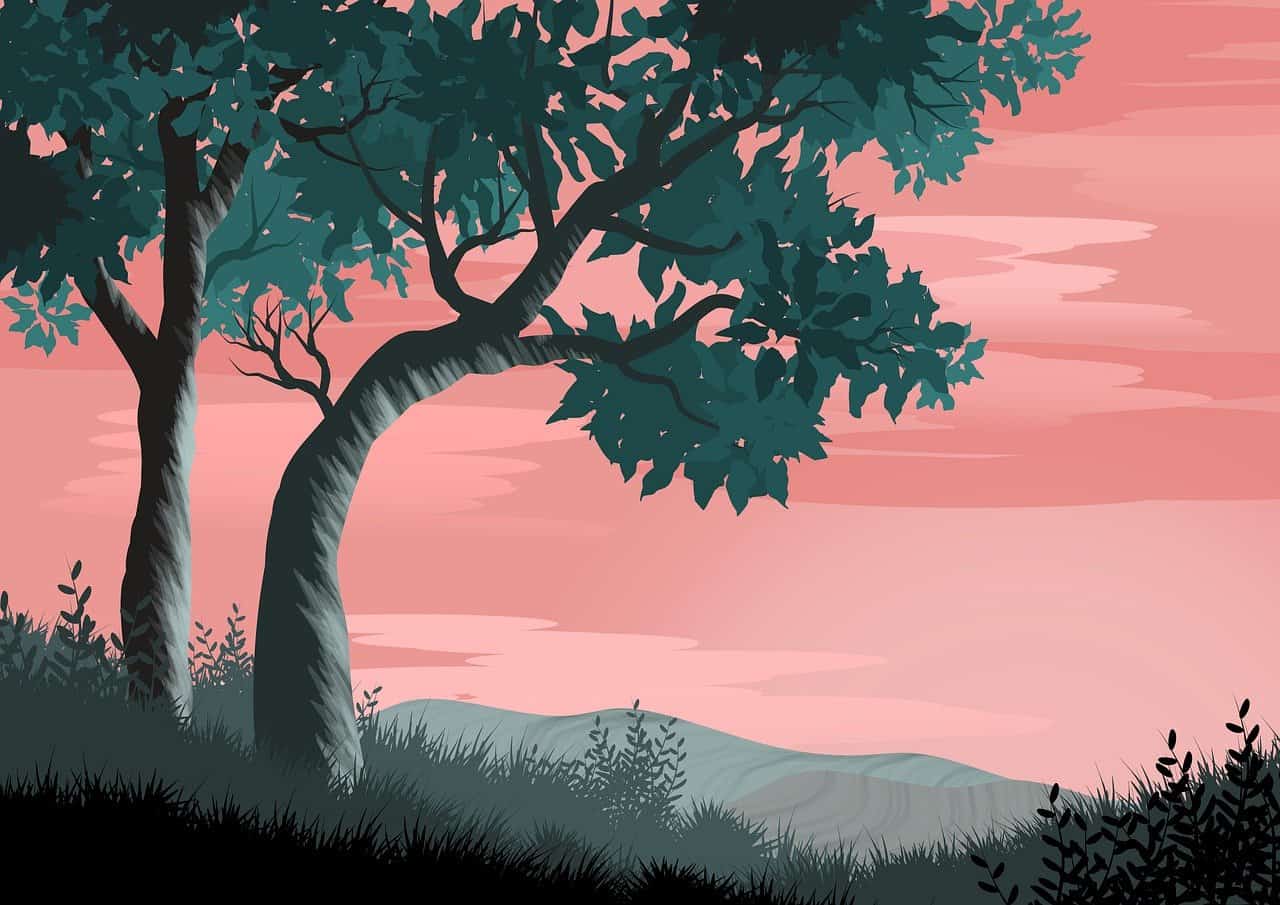By Huck Fairman
Many people across our country and around the world recognize the climate crisis we face. The storms, floods, droughts, and heat are daily in the news. So we don’t need more reporting as much as we need action. But how to stir more people to act?
Could coming at this crisis from another angle possibly awaken and motivate those not already there? I recently rediscovered American novelist and writer Wallace Stegner, who lived mostly in the West. He wrote about its many landscapes, environments, people, and creatures. And he wrote about the environmental issues we face.
“I was shaped by the West,” he wrote. With its scenery, largeness, and distances, it removed “the scales from my eyes.”
But he also found the West had become “prosperous at the expense of (its) fragile environment, and (its) civilization has too often mined and degraded the natural scene … .”
And this was as it appeared to him through much of the last century. So while he wrote that “the West is hope’s native home,” he saw that it suffered, at the same time, “human
failure and environmental damage.”
“Visionary expectation was a great energizer of the westward movement … ,” he wrote. But sadly it was “exaggerated, uninformed, unrealistic, greedy …” resulting in “a prescription
for disappointment that the West has carried to the corner drugstore too many times.” This has created “Ghost towns and dust bowls, (that) like motels, are western inventions.”
The transience that resulted “has hampered the development of stable, rooted communities and aborted the kind of communal effort that takes in everything … when people have a shared past and promise of continuance.”
Princeton, as we know, is a fortunate, long-existing town, benefiting from the University, and its Sustainable and environmental organizations. But even at its edges, unrestrained growth, in the form of huge warehouse complexes and new housing, buildings, and roads together threaten the peaceful, un-crowded quality of life and its environments that its residents have long enjoyed.
Luckily what we do not suffer from, but which Stegner soon saw existed throughout the West, is aridity. And this renders the western lands “far more fragile and unforgiving.”
Adequate water allows trees and vegetation to “heal” and re-grow. In the West, damage results in “gullies and desertification.” It results in rivers and reservoirs drying up. And now, around the globe, we see this occurring in Africa, the Mid-East, and Asia, where the new aridity results in a lack of water and food.
But in this country, again decades ago, Stegner worried that “used up” water and drought would lead to “augmentation” or “ever-greater engineering projects” that could bring water from the Columbia or Snake rivers or even the Yukon or icebergs farther north. Yet he foresaw that these vague hopes were delusional.
Stegner had grown up with his father ever looking “for the big chance” and failing to find it in one location constantly moved the family to another. Those included Saskatchewan, Montana, Utah, Nevada, and California. “While (his father) waited for one of those bonanzas to pan out, he ran a gambling joint in Reno.”
Stegner revealed it was out of his father’s life that he wrote a novel, THE BIG ROCK CANDY MOUNTAIN.
But he warns that what long lured his father and many others to the West is “a mirage.” And today it appears to be the hope and plan to establish profitable industries, such as fossil fuel producers, farming conglomerates, and mining corporations that lead people to ignore the resulting environmental impacts.
In California, the question is: do the vast California farming combines need, and get to use up, the water that is essential for its many, large communities? Which priority is to be served?
Seeing this, again in the last century, Stegner alerted us to the fact that the essential character of our West was not topography or landforms but climate. Again he noted that it is aridity that “gives the air its special dry clarity” and its brilliant light. But also its inadequate water supplies.
This aridity, and uncertain water sources, he saw, were to be found in “the semi-arid steppes of Montana, Dakota, Nebraska, Wyoming, Colorado, and New Mexico.” There, he observed, “we have acted upon the western landscape with the force of a geological agent.” And our misunderstanding of what we have done “prevents the healing of our mistakes.”
He quoted an Irish officer in the British army, William F. Butler who saw in 1872 that we then had a “prairie-ocean” which was as vast and as silent as was the world when it was first formed.
But after that, Stegner reminds us, “Habit, politics, and real estate boosterism won out over experience and good sense.
Only in time, did the settlers on the “shortgrass plains” learn that water was more important to them than land.
With this in mind, Stegner alerts his readers that “Perception trained in another climate and another landscape has had to be modified. That means we have had to learn to quit depending on perceptual habit. Our first and hardest adaptation was to learn all over again how to see.” To that he added, “We should all be forced to file an environmental impact study before we build so much as a privy or summer cottage, much less a motel, a freeway, or a resort.”
Could hearing this story from a different voice and slightly earlier time convince those finding no reason to act now to change and turn to action, in one form or another? Stegner is one of many voices urging such efforts. And hopefully his detailing the destructive changes the West has endured may be enough to stir a few more to join the participation we need to save our environments.

